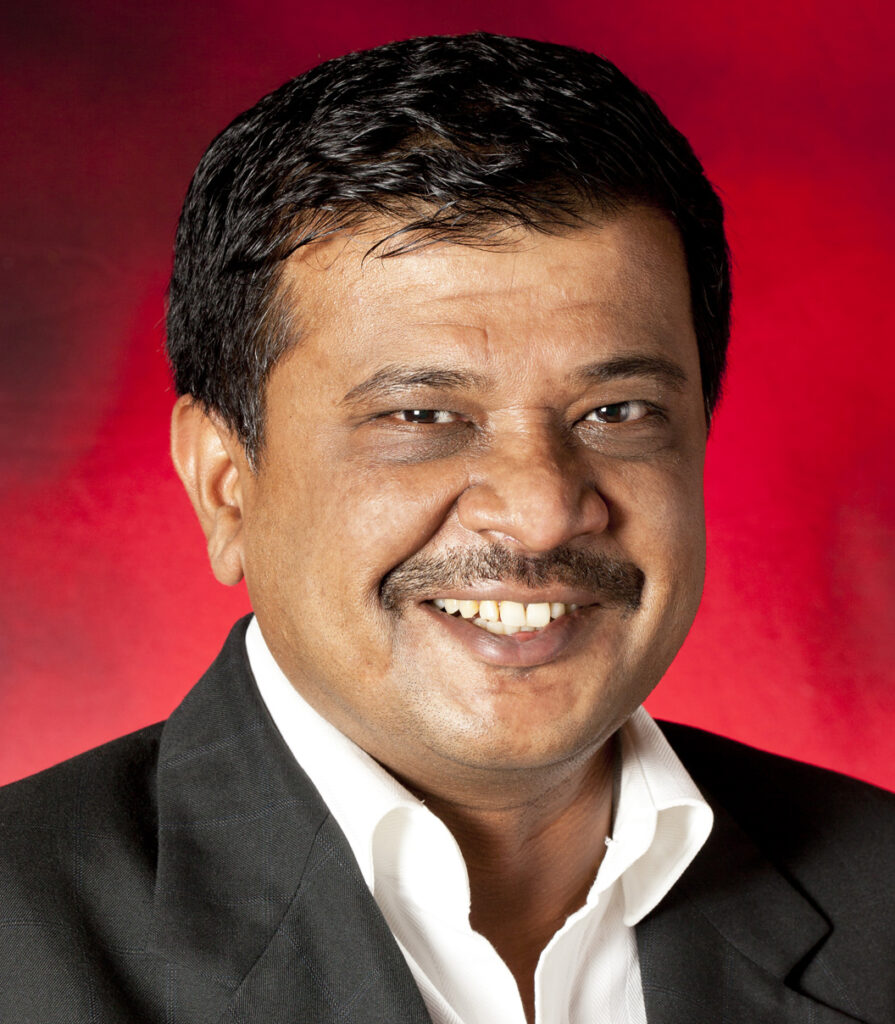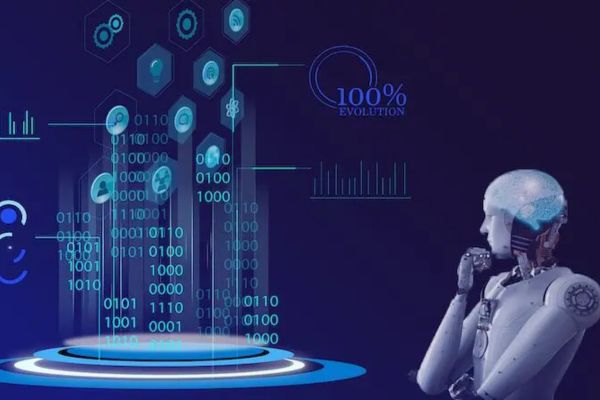Telecommunications—always an important utility—has become the critical backbone of our digital economy. It supports everything from emergency response systems and banking to generative AI and smart cities. However, the world is navigating a powerful intersection of opportunity and risk and with this transformation comes heightened vulnerability.
Cyber attackers are no longer targeting only data—they’re aiming for the very infrastructure that keeps societies connected. The Global Telecom Outlook 2024–2028 by PwC reports that telecom revenues rose 4.3% in 2023 to US$1.14 trillion but are expected to grow slower at a 2.9% CAGR through 2028, below inflation. Rising cyber threats and compliance costs could further challenge profitability, making strong cybersecurity essential for sustainable growth. As we celebrated World Telecommunication and Information Society Day (WTISD) 2025, we take a look at this key critical infrastructure sector and how AI can be a double-edged sword for today’s telecommunications providers.
A Strategic Cyber Target – Telecommunications Sector
In the 1Q of 2025, the telecommunications sector experienced the highest percentage increase in weekly cyber attacks, with a 94% jump, reaching 2,664 attacks per organization weekly according to Check Point Research, with the expectation for this to rise.
The World Economic Forum’s Global Cybersecurity Outlook 2025 report also acknowledged that from large-scale state-sponsored cyber espionage via telecommunications infrastructure to the targeting of satellites and undersea cables, geopolitical tensions continue to manifest through the increasing number of attacks on critical communications infrastructure. Undersea cables are crucial for facilitating not just the flow of global data but also the corresponding economic exchange. Their strategic role makes them vulnerable to monitoring and disruption, especially with limited defense measures and rising geopolitical tensions.
Incidents experienced since April has seen India experiencing a series of coordinated cyber activities believed to be linked to groups based in Pakistan, such as APT36 and Team Insane PK. These incidents have impacted sectors including telecommunications, involving tactics ranging from website defacements to ransomware and data breaches. Experts have also raised concerns about the importance of enhanced cyber security measures and increased public awareness.
This continued rise in cyber attacks on this critical infrastructure are driven by a few factors :
- Growing reliance on digital infrastructure such as 5G deployments have massively expanded the digital attack surface, especially through edge computing nodes.
- Telecoms are increasingly integrating AI and automation, creating new vulnerabilities in service delivery, data flow, and customer interactions.
- State-sponsored actors now view telecom infrastructure as a soft entry point to disrupt national economies, gather intelligence, or sow chaos, making this critical infrastructure a prime target for cyber criminals looking to exploit vulnerabilities.
The European Union Agency for Cybersecurity (ENISA) classified telecom as a top-priority critical infrastructure sector in its Threat Landscape Report 2024, a trend now echoed in over 85 countries globally.
Without (Tele)Communications, A Quiet Place
The potential impact of a compromised telecom system extends far beyond just inconvenience. Cyber attacks on the telecommunications can paralyze national services, derail emergency responses, and cripple financial operations, besides just halting the ability for citizens to contact one another.
Societal chaos was evident a few years ago ,when in India, a BEC (business email compromise) attack on a telco vendor led to the leakage of over 12 million mobile subscriber records, including geolocation, which were later exploited in targeted phishing campaigns.
This is more than just an isolated incident, that can be seen as an early warning. As countries digitize critical infrastructure and societies become reliant on digital services, telecom outages caused by cyber attacks can lead to national economic disruption, erosion of public trust, and at worst, in extreme cases, to loss of life.
The AI Factor: Double-Edged Sword for Telcos
AI is transforming telecom operations worldwide. According to the KPMG India IMC Report 2024, 55% of Indian telecom companies have deployed AI at scale, with 37% actively expanding their use. Despite challenges like talent shortages and costs, 65% of Indian CXOs view generative AI as a critical driver of long-term growth. A 2024 study by Nvidia1 found that nearly 90% of telecom companies use AI, with 48% in the piloting phase and 41% actively deploying AI. Most telecom service providers (53%) agree or strongly agree that adopting AI would provide a competitive advantage. Additionally, satellite communications in India is poised for growth, supported by anticipated policy and regulatory updates.
However, as telcos ramp up their use of AI, so do cyber attackers, leveraging it for unprecedented scale and precision. For example, with chatbots now handling a growing amount of telco customer interactions, these bots are now being targeted for prompt injection and social engineering.
In Hong Kong in 2024, a British multinational engineering firm was reportedly scammed out of $25 million (approximately HK$200 million) through a deepfake scam involving an employee in the Hong Kong office. This employee was tricked into transferring the funds to five local bank accounts via 15 transactions after receiving video conference calls from individuals posing as senior company officers.
Building Security into Every Layer
Whilst governments around the world have noticeably started to collaborate to ensure the critical infrastructure sector of telecommunications is receiving greater attention for security, it’s clear more needs to be done.
The Telecommunications (Telecom Cyber Security) Rules, 2024, introduced under the Telecommunications Act, 2023, mark a major step in enhancing India’s telecom security. Replacing the 2017 rules, they aim to combat rising cyber threats by mandating telecom entities to adopt robust cyber security policies, conduct regular audits, and appoint a Chief Telecommunication Security Officer (CTSO). Entities must report cyber incidents within six hours and establish Security Operations Centres (SOCs) for real-time threat management. The government is empowered to collect non-content telecom data for security purposes, with prescribed safeguards. However, concerns remain over broad definitions, potential overreach, lack of procedural clarity, high compliance costs, and unclear alignment with existing IT laws. While the rules bolster security, experts call for clearer guidelines, privacy protections, and support for smaller players to ensure balanced enforcement.
In the Asia–Pacific region, countries such as Japan and Singapore are strengthening their cyber laws, with Japan’s Act on the Protection of Personal Information (APPI) and Singapore’s Cybersecurity Act reinforcing compliance for critical infrastructure operators..
But to combat evolving threats, telecom providers must go beyond compliance and adopt cyber security as a core strategic function. That includes:
- AI red teaming – Simulating attacks on AI-based systems to identify weaknesses before adversaries do.
- Voice biometrics & real-time analysis – To detect AI deepfake audio or spoofed communications.
- Advanced threat prevention –Harnessing AI-driven solutions such as Check Point GenAI Protect, AI Cloud Protect, and ThreatCloud AI to enable real-time prevention across all environments—including on-premises, DevSecOps, cloud, applications, and workspaces. In addition, continuous threat exposure and risk assessment analysis is integral to achieving a fully automated and adaptive threat prevention strategy.
In regions like Southeast Asia, some telcos have already partnered with Check Point to implement cloud-native threat detection and secure SD-WAN policies across their 5G rollout zones. In one case, incident response times were reduced by 30% within six months, drastically improving business continuity.
Resilience is the New Bandwidth
As the world races toward full digital transformation, telecom networks are the threads weaving everything together. But smart, connected systems can also collapse at scale if not adequately protected. In 2025 and beyond, we must treat cyber security in telecom not as an IT line item, but as a pillar of national and global security.
Telecommunication is the circulatory system of our digital world. But as AI accelerates and cyber adversaries become more sophisticated, the risk of systemic failure grows. The future of telecom resilience depends on whether we can secure what we innovate—and whether our defenses evolve faster than the threats we face.

By Sundar Balasubramanian, Managing Director, Check Point Software Technologies, India & South Asia


















